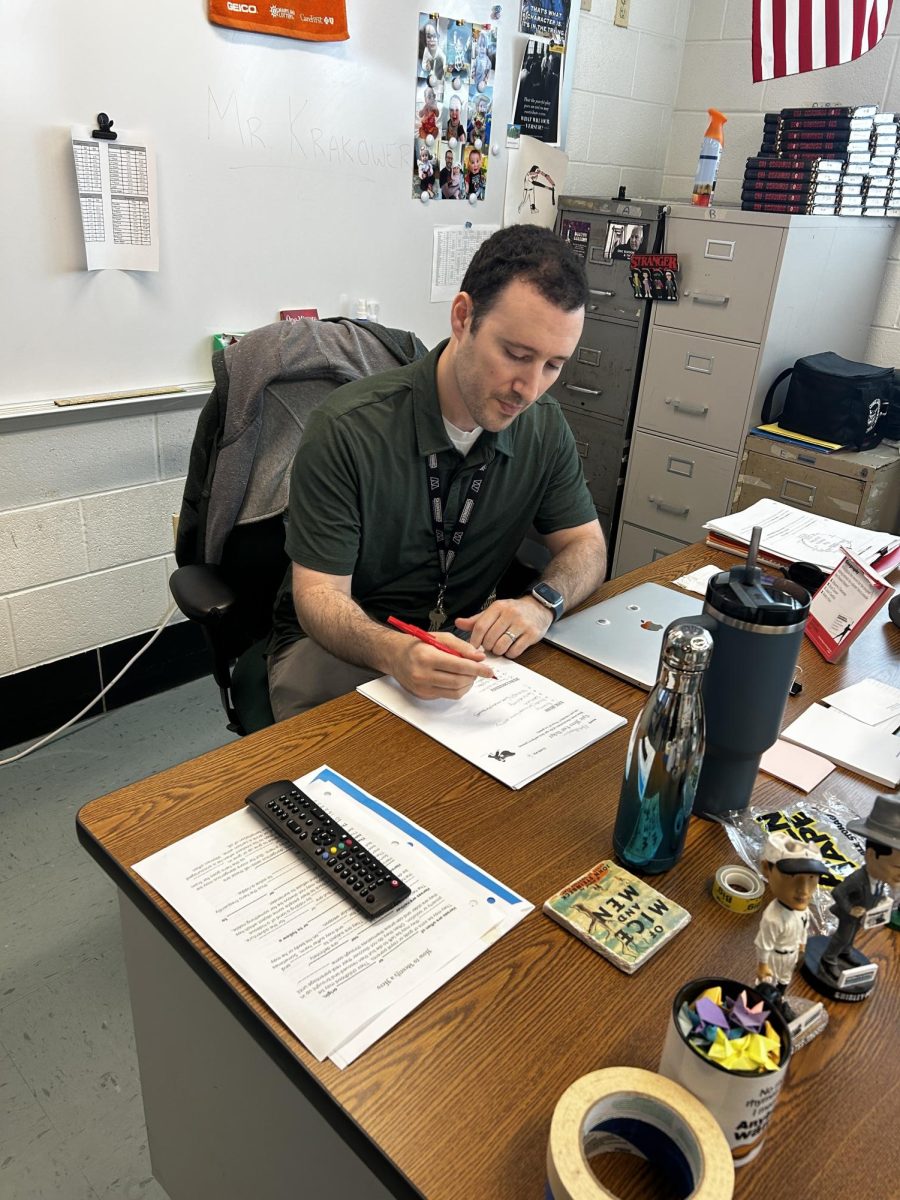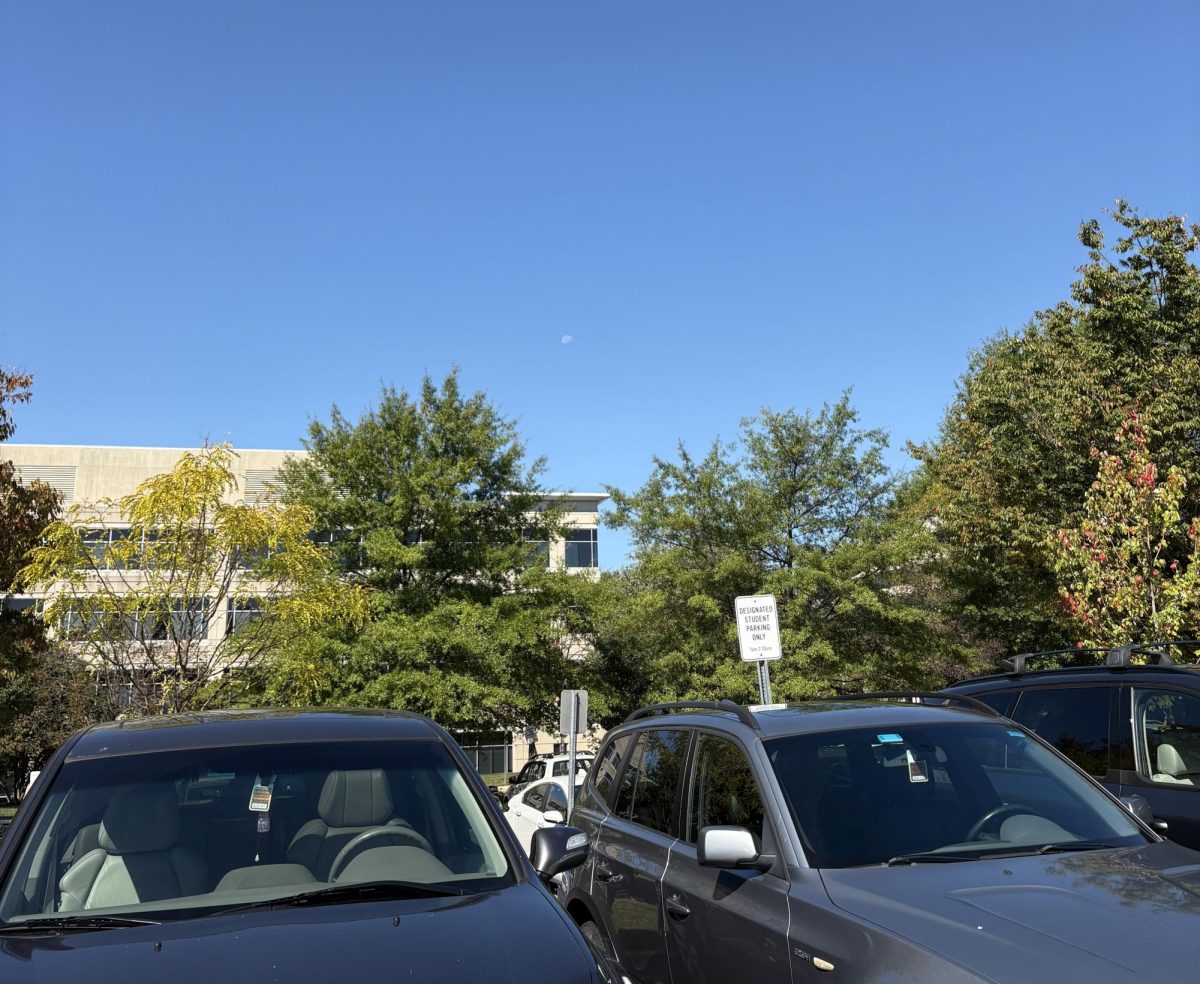One by one, bright yellow buses peel away from the curb of the bus loop. They rocket through the falling rain, the students inside them warm, happy and safe. Trudging along in their wake, I walk the mile and a half to my house. I arrive with my backpack and supplies soaked through, unusable until I dry them with a hair dryer in a futile attempt to do my homework.
I am one of many MCPS students forced to walk to and from school, regardless of the weather or the time of day, because I live slightly too close to my school to have bus access. The walk is unpleasant, unsafe and inconvenient, and I firmly believe that MCPS should expand student bus access to remedy this.
Currently, MCPS provides differing levels of bus access for elementary, middle and high schools. Special bus routes are also established if students need to avoid hazardous conditions or attend programs away from their school. However, these rules have notable exceptions. Elementary school students cannot ride the bus if they live more than a mile from their school; middle school students more than a mile and a half; and high school students more than two miles. Under “reasonable circumstances,” these distances can be increased by a tenth of a mile.
In my experience, these guidelines are not enough. Despite the county’s best efforts, current bus access is rife with issues that are detrimental to any students walking to and from school.
Most superficially, the walk to and from school is often unpleasant. For about five weeks of the year, the weather is pleasantly warm; the rest of the year is far different. At the beginning and end of the school year, scorching temperatures are enough to make even a short walk seem dizzyingly far. Conversely, from mid-October to mid-April, the freezing weather is enough to make your face feel numb. Add any wind to that chill, and you’ll want to immediately go inside no matter how short your walk home is. Even that doesn’t account for the greatest menace of them all — precipitation. From a light drizzle to full-on downpours, sleet and snow, precipitation only heightens the chill and worsens the visibility of the walk.
The lowered visibility often makes the walk less safe as well. Many students walk home along major roadways such as Old Georgetown Road, which often teem with vehicles going too fast for comfort. Rain and other precipitation causes these vehicles to swerve and have unexpected jolts of speed, panicking students who walk on the narrow sidewalk by the roadway. This panic is worsened by the fact that it is often dark out during inclement weather and especially in the morning when students walk to school. Since the road is already dark, cars are less likely to see and avoid students walking on the sidewalk or crossing the street. The incapacitation of drivers in this manner poses a prominent hazard to students.
Hazards and unpleasantness of the walk aside, it is simply inconvenient. I don’t like waking up earlier than other students just so I can spend an extra half an hour walking to school in the rain. I am lucky to have parents who can drive me to school when this happens, but most students aren’t. Similarly, by the end of the day, I am tired of carrying heavy textbooks and studying for upwards of seven hours. Trudging home in any sort of weather is not at the top of my bucket list. I’d much rather be able to sit down in a warm, dry bus and be driven home, saving myself time and effort.
Riding the bus is ultimately more comfortable, safe and convenient than walking to and from school. Even in the mildest circumstances, it can be instrumental in helping students get where they need to go with fewer logistical hitches and issues. For that reason, it is key for MCPS to expand student bus access — by providing for its students in this manner, the county can ensure their improved well-being and satisfaction.









